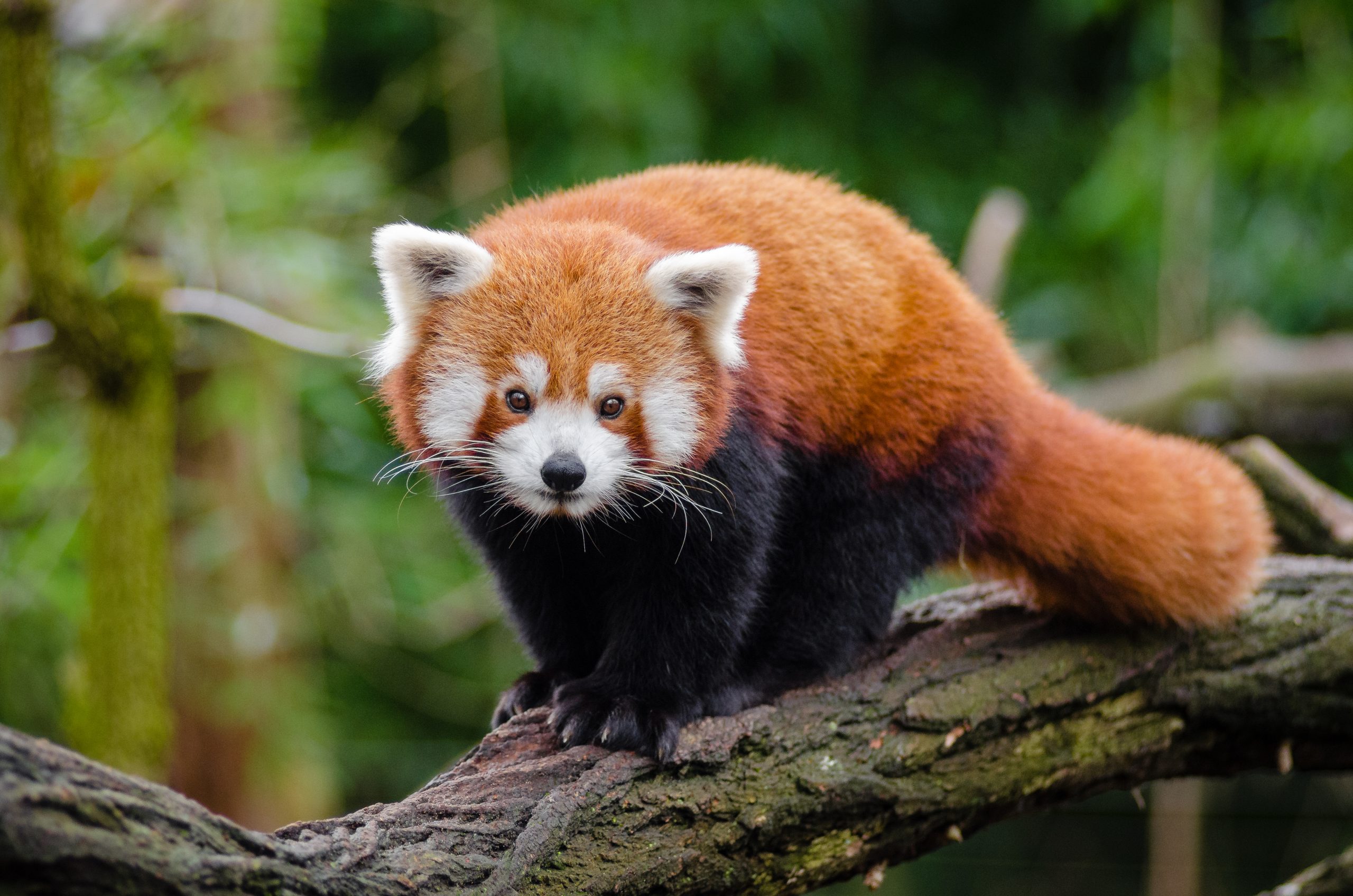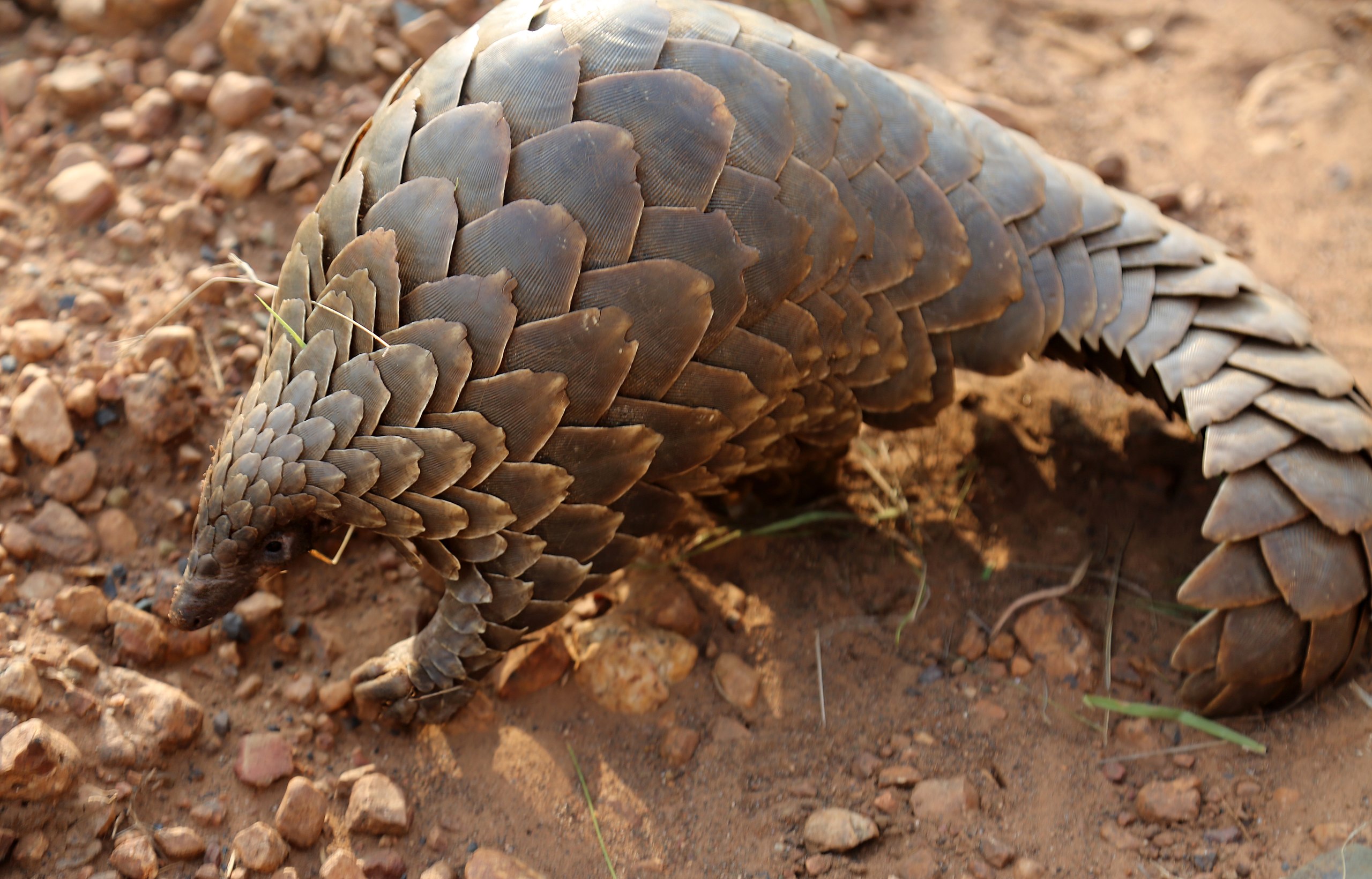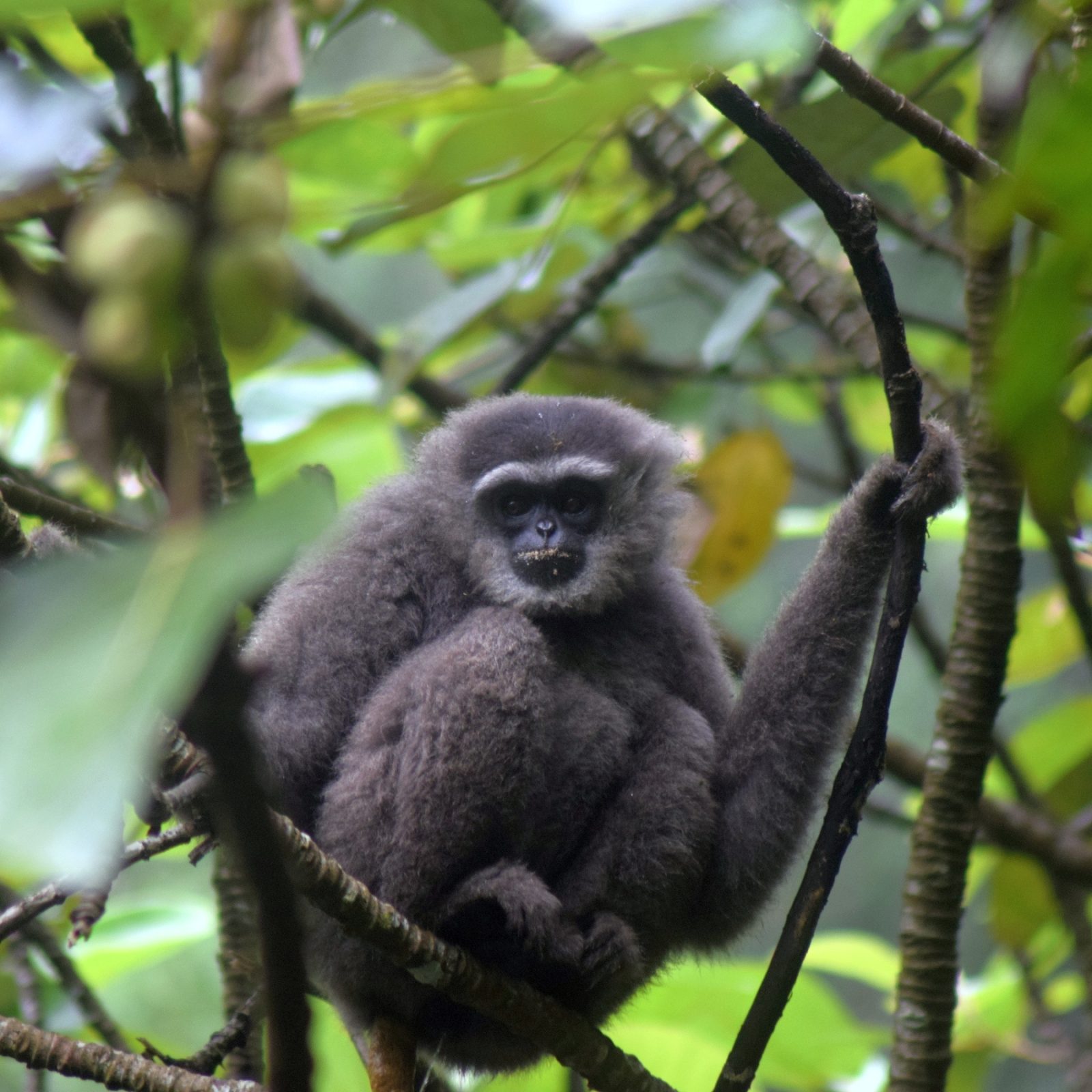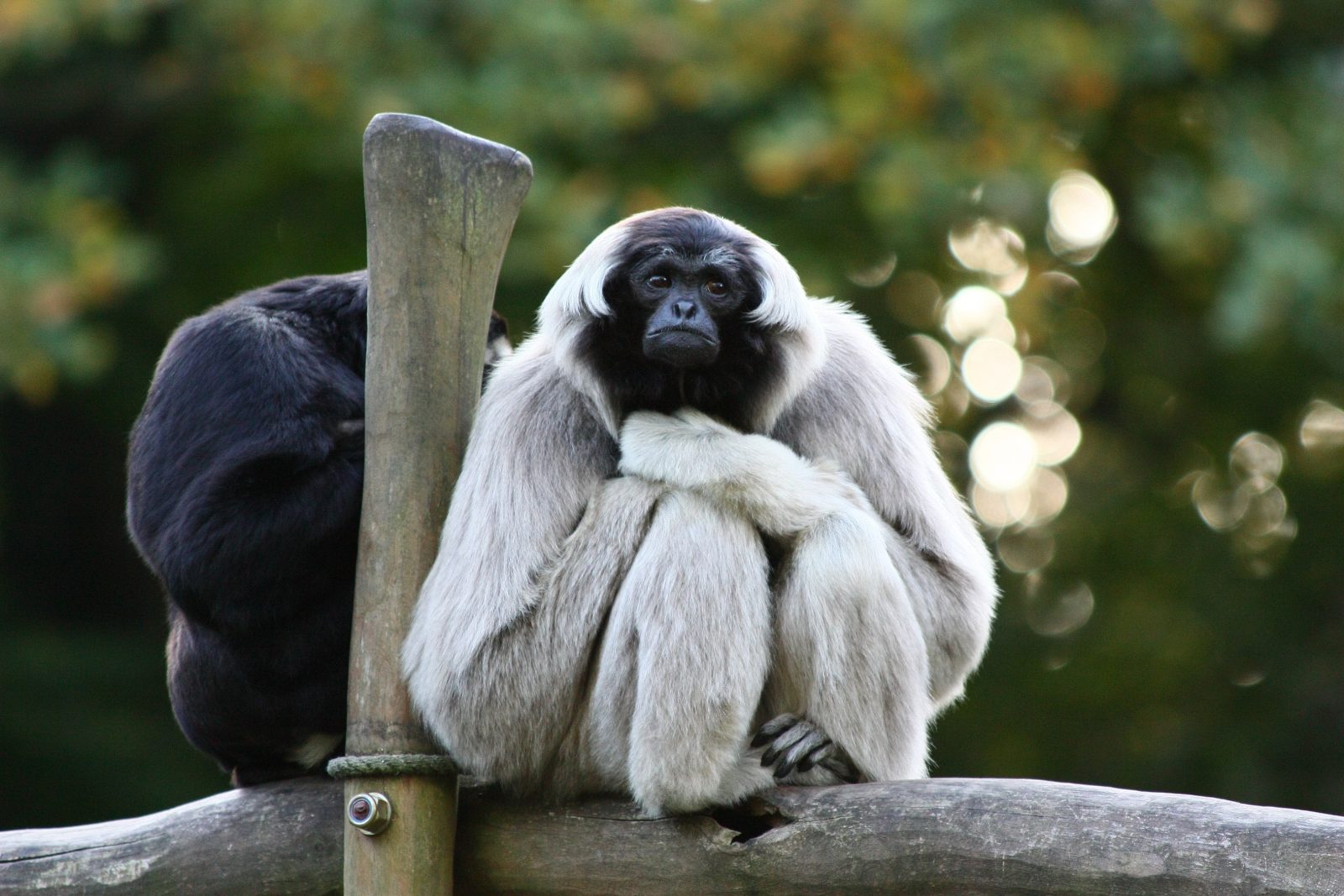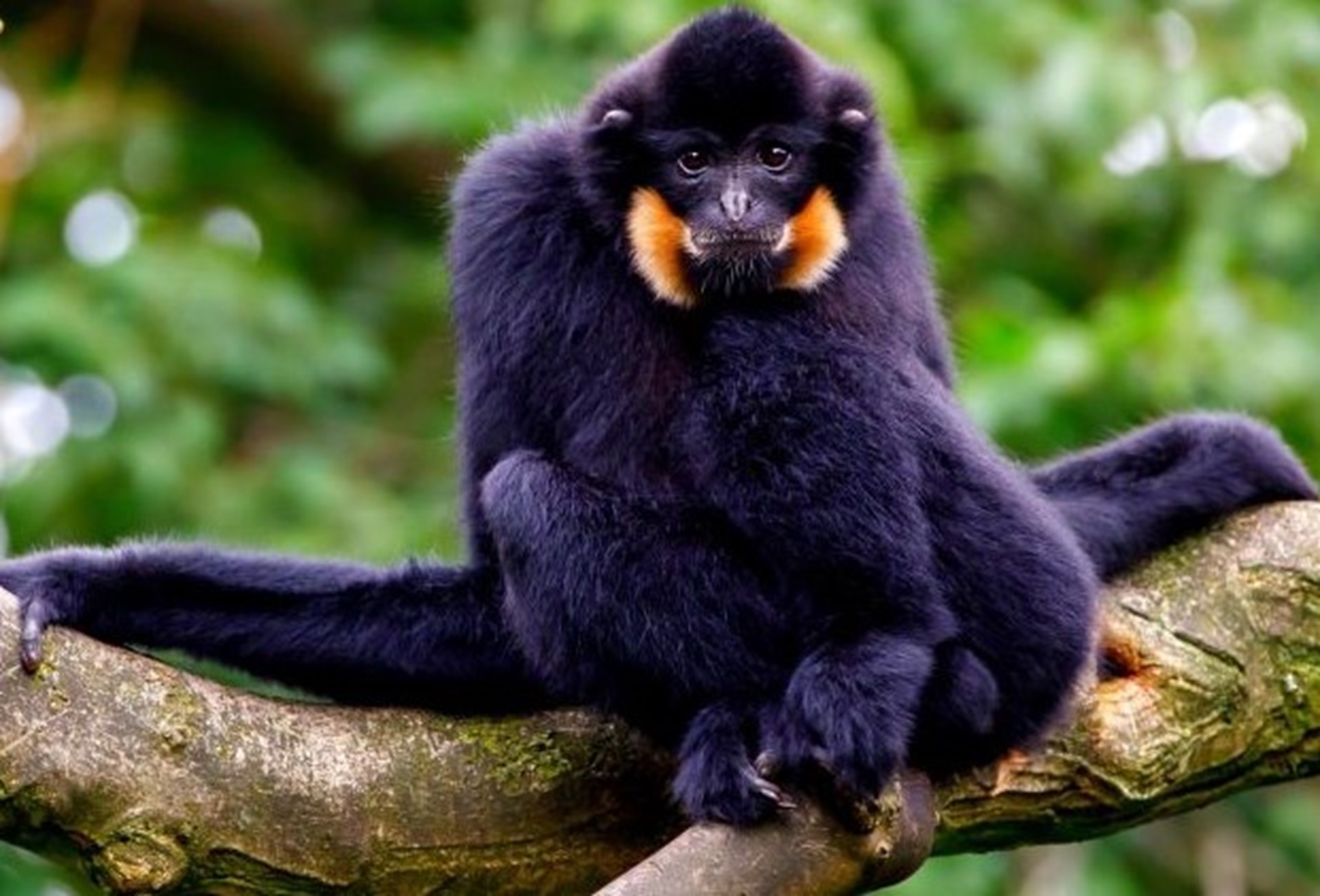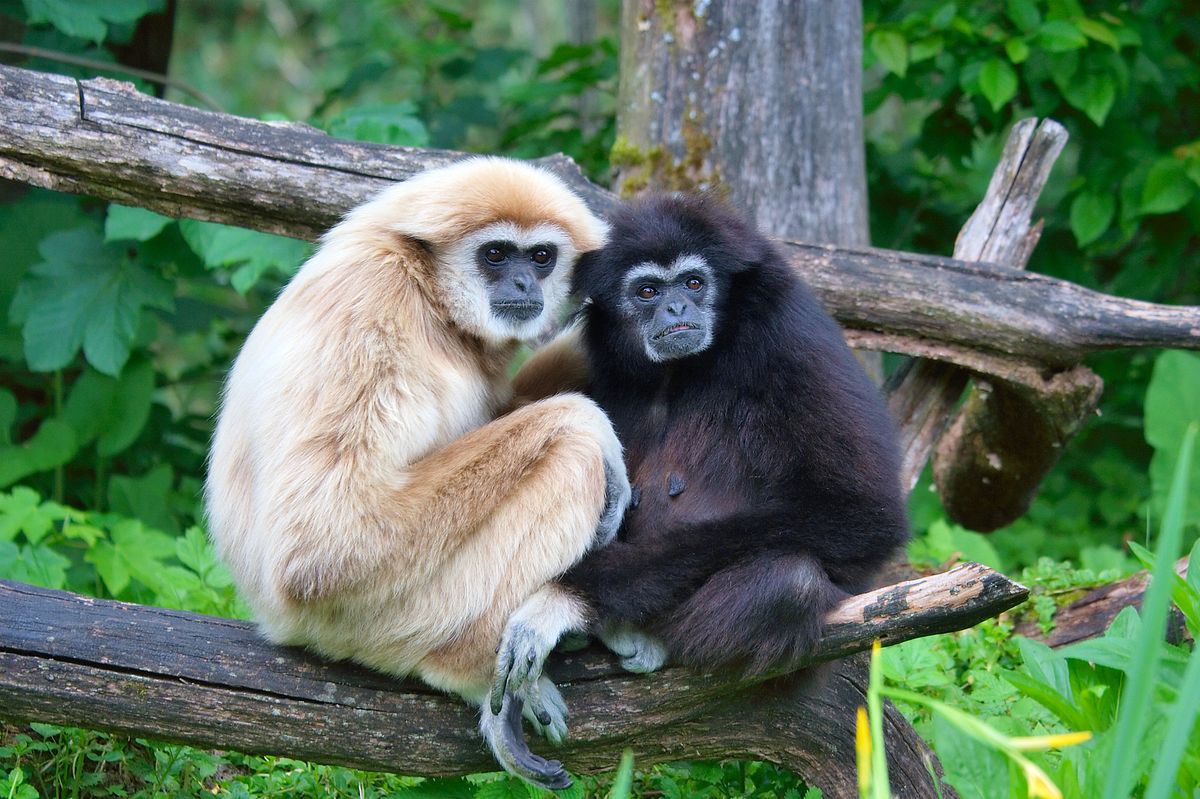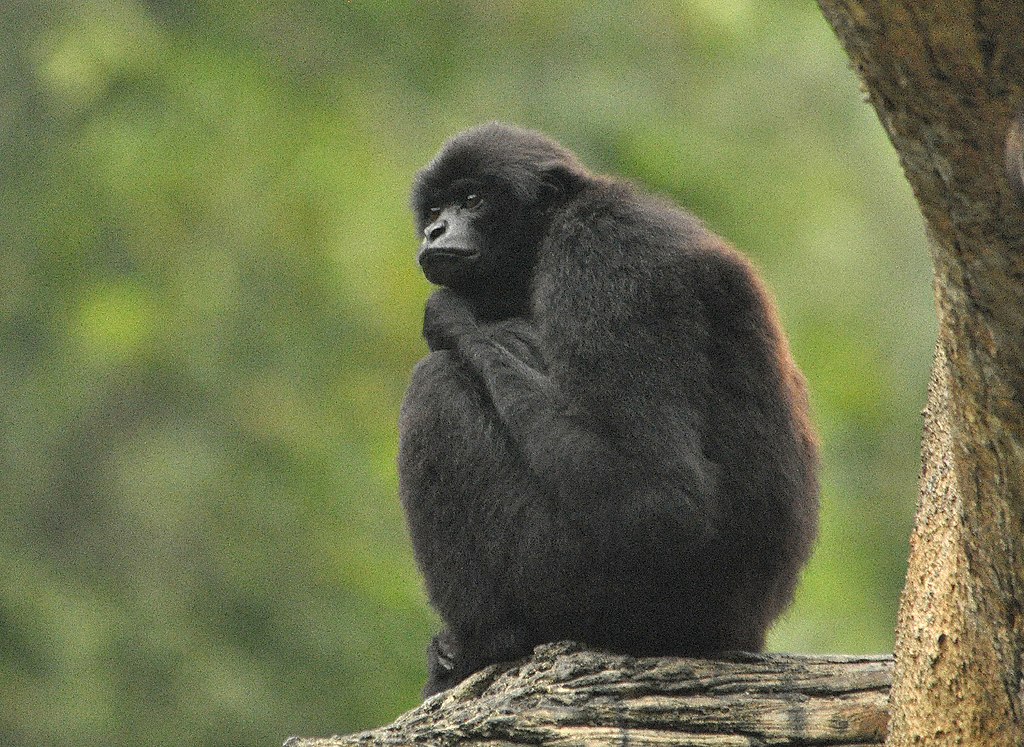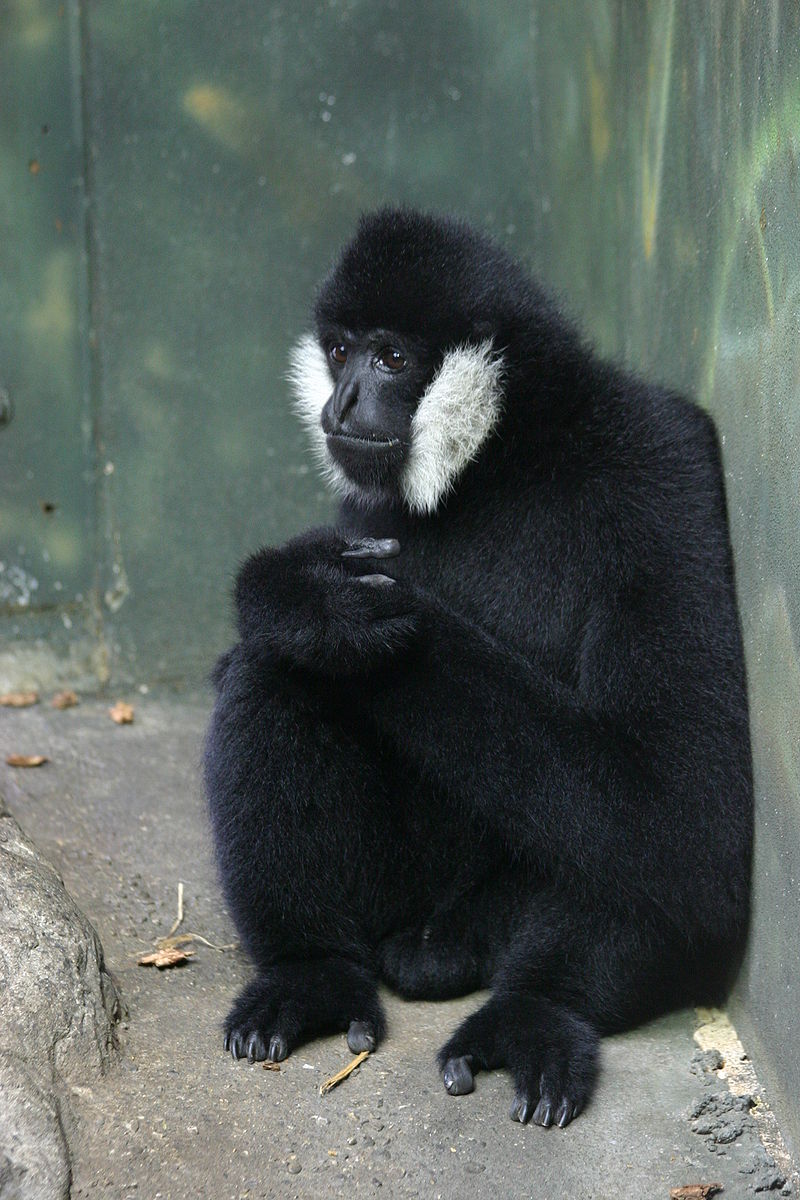Pangolins are a strange group of animals. There is little other animals that look like them. Oddly, they are in the same supergroup as Bears dogs cats and other carnivores, though given that they eat insects they are carnivores. Indeed, in the past there was an order Insectivora, however this order has been abandoned, as it turns out some insect-eaters are not closely related (indeed, while often looking similar it appears that this is generally a case of convergent evolution – i.e. similar habits and similar requirements requiring the same body parts, so you end up with a similar animal.
Anyway, in this instance, it is not surprising, as all of the pangolins are part of the same tribe – sister genera essentially. There are quite a few ” cousins” species at one point but all these have gone. I would hope, that at some point people would stop believing that Keratin (a pangolin scales is made of the same substance as human nails, yet while chewing your own nails is seen as bad manners, for some reason pangolin scales, like items like rhino horn, are claimed to be able to cure everything from headache to erectile difficulties. Of course, there is no scientific case for this belief, but that has not stopped the price of these scales has reached $3000 dollars per kg, with an animal holding about half a kg (the most scaly is the Philippines pangolin, which holds almost a kg – this is the equivalent of almost a year of a local salary, unfortunately making it well worth it, to spend months looking for this rare animal)
The Manidae (in ancient roman religions this was meaning spirits- chthonic deities of deceased loved ones ) includes 3 genera.
Manis contains all of the surviving Asian Pangolins known as the Asian Clade, though the last 3 are in Subgenus: Paramanis – southeast asian pangolins
Please note, I have not included Manis .sp which is a proposed fifth Asiatic species of this family, and this is still a long way from being confirmed.
Due to their cryptic nature, and current hunting pressures, there is little tourism around these species, and little likelihood of any in the near future. As such, while I would like to separate these species out into their own pages, it is unlikely to ever be necessary within the scopes of this website. Having said this, I am looking for partners, should anyone be working with tourism of these species, do get in touch through the link at the top of the page – we can mask the location, but are keen to help give living pangolins a worth as soon as possible.
Below is a list of each species, with a video of them. We hope to add links to go see them, and support their long-term future, we will have to see if tourism of these strange animals every takes off.

